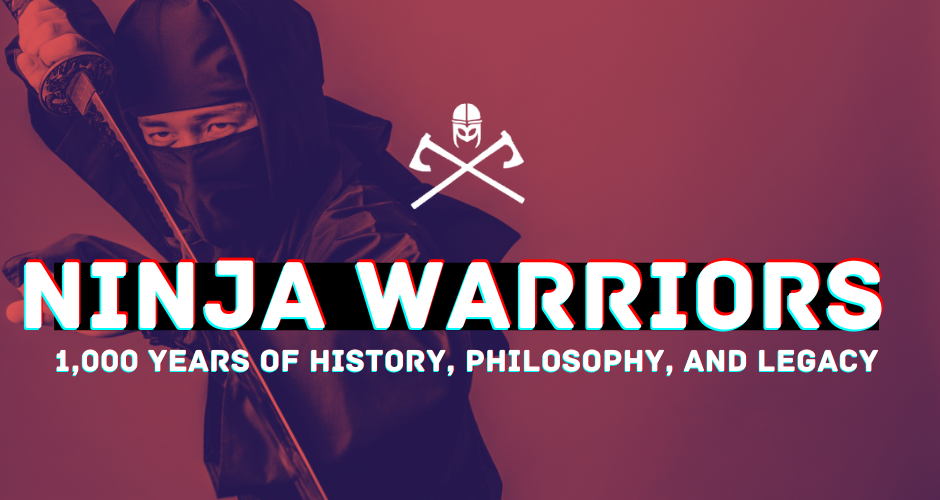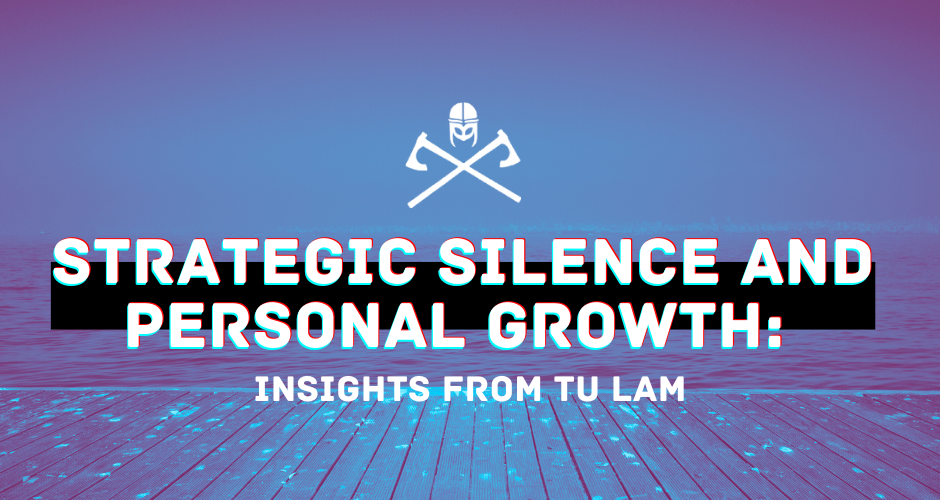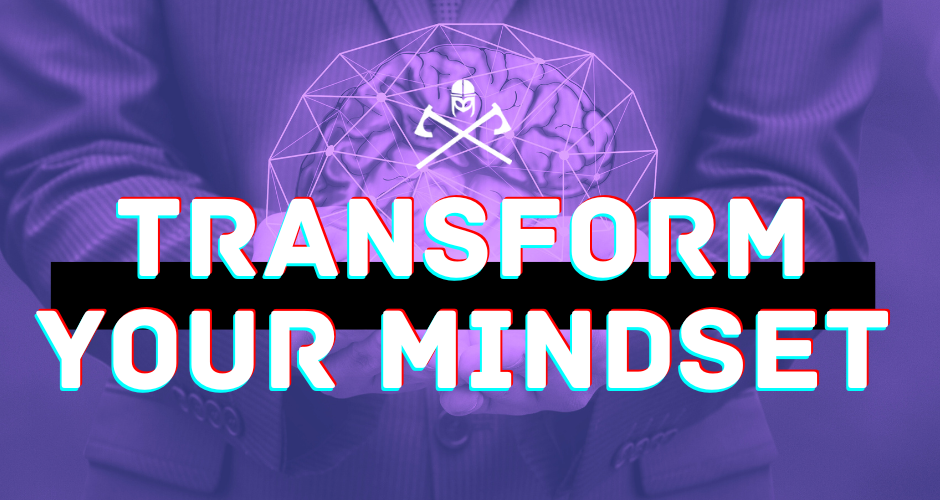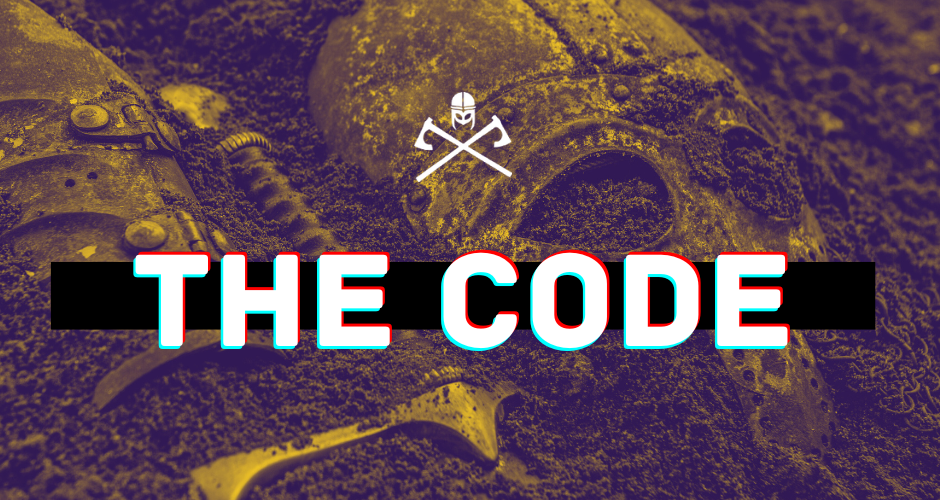
by Gene Crawford | Aug 6, 2024 | Podcast
Unlock the secrets of the shadow warriors and uncover the rich history of ninjas as we explore John Mann’s groundbreaking book, “Ninja: 1,000 Years of the Shadow Warrior.” From their origins in 6th century Japan to their intricate connections with Chinese military strategies, we dissect how these elusive operatives mastered guerrilla tactics and stealth, setting them apart from their Samurai counterparts. We’ll also share intriguing details about their grueling training regimens and the specialized tools that made them formidable agents of espionage.
Join us as we trace the enduring legacy of Ninjas in popular culture, from the silver screens of Japanese cinema to Western blockbusters like Deadpool and Teenage Mutant Ninja Turtles. Our discussion tackles the nuances of cultural appropriation and the fine line between historical fact and cinematic fiction. Learn how the timeless philosophies of Ninjas—adaptability, mental discipline, and strategic thinking—can be applied to enrich modern life and inspire today’s intelligence agencies. Plus, we break down a 15-point Ninja instructional poem that offers profound lessons for personal and professional growth.
(more…)

by Gene Crawford | Jul 30, 2024 | Podcast
Ever wondered how a simple phrase could transform your life? This episode sheds light on “Chibario,” an inspiring Okinawan term that translates to “do your best” or “never give up.” Rooted in the rich culture of Okinawa and its martial arts traditions like Karate-do, Chibario embodies the spirit of resilience and determination. We’ll explore how this powerful concept can be a game-changer in everyday life, whether you’re facing a daunting project or gearing up for a marathon. You’ll discover how adopting Chibario fosters not only personal strength but also a sense of community support, pushing you to break past your limits and achieve your goals.
(more…)

by Gene Crawford | Jul 23, 2024 | Podcast
Have you ever considered how silence can be a powerful tool for personal growth? This episode delves into this intriguing concept with Tu Lam, a former Green Beret, and an insightful author. Drawing from his book, “The Way of Ronin,” and his impactful social media presence, Tu Lam emphasizes the importance of strategic communication and knowing when to stay silent to avoid unnecessary drama. His principles offer a unique roadmap for navigating life’s challenges and achieving success.
The episode also brings attention to simple yet profound truths that one should recognize “by the age of 35“. These straightforward insights can have a dramatic impact on your life if you take them to heart. Tune in to explore these valuable perspectives and transform your approach to life.
(more…)

by Gene Crawford | Jul 15, 2024 | Podcast
What if seeking help was just a disguise for craving attention? In this Debrief style episode of the Podcast starts with an intriguing probe into the real intentions behind our interactions, inspired by Mark Manson’s eye-opening newsletter. We reflect on the crucial traits of mentally strong individuals as outlined by Boosted Brands, stressing the importance of embracing change, taking calculated risks, and prioritizing action over empty chatter. Our goal is to help you transform every conversation into a meaningful exchange that fosters genuine growth and progress.
Imagine running so hard you end up in the hospital. That’s precisely what happened to Phil Daru, who faced severe foot injuries and Rhabdo after pushing his limits. We explore the concept of the Backwards Law, which suggests that sometimes, the harder we try, the worse the outcome. Using Navy SEAL training as a backdrop, we discuss how relaxing and letting go can sometimes lead to better results. Learn the art of giving fewer f&%ks about uncontrollable factors and discover how this mindset can help you achieve your goals more effectively.
Starting a business without being fully prepared—wise or reckless? We dive into Alex Hormozi’s provocative advice to launch before you’re ready, igniting a spirited debate on the balance between preparedness and action. Alongside, we discuss the dangers of over-systematization with real-life anecdotes, advocating for practical and cost-effective solutions.
And much, much more!
(more…)

by Gene Crawford | Jun 24, 2024 | Podcast
Jocko Willink’s Guide to Personal Mastery
Unlock the secrets to living a disciplined and resilient life with insights from Jocko Willink’s “The Code, The Evaluation, The Protocols: Striving to Become an Eminently Qualified Human.” In this episode of the Warrior Mindset Podcast, we meticulously dissect Jocko’s actionable guidelines, starting with the foundational elements of physical health, mental development, and the irreplaceable value of time. Through rich personal anecdotes and deep reflections, we’ll reveal how these principles go beyond martial arts or Navy SEAL culture, offering a blueprint for holistic self-improvement that can be woven into the fabric of your daily life.
Embark on this transformative journey with us as we explore topics ranging from maintaining your physical surroundings to making wise financial decisions. This episode promises to provide powerful takeaways, whether you’re a long-time admirer of Jocko or are just discovering his work. Embrace the warrior ethos and equip yourself with the strategies to become better every single day. Tune in and discover how to master the art of disciplined living through the lens of Jocko’s profound wisdom.
(more…)





